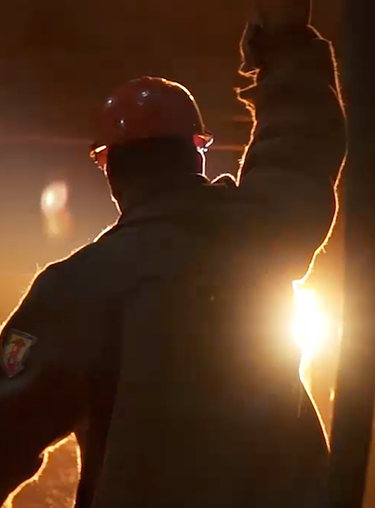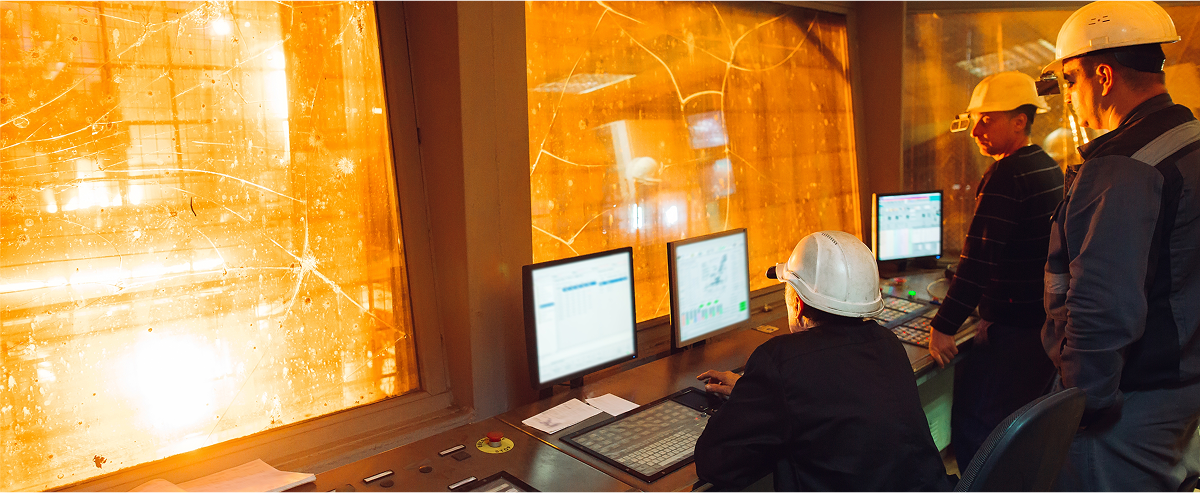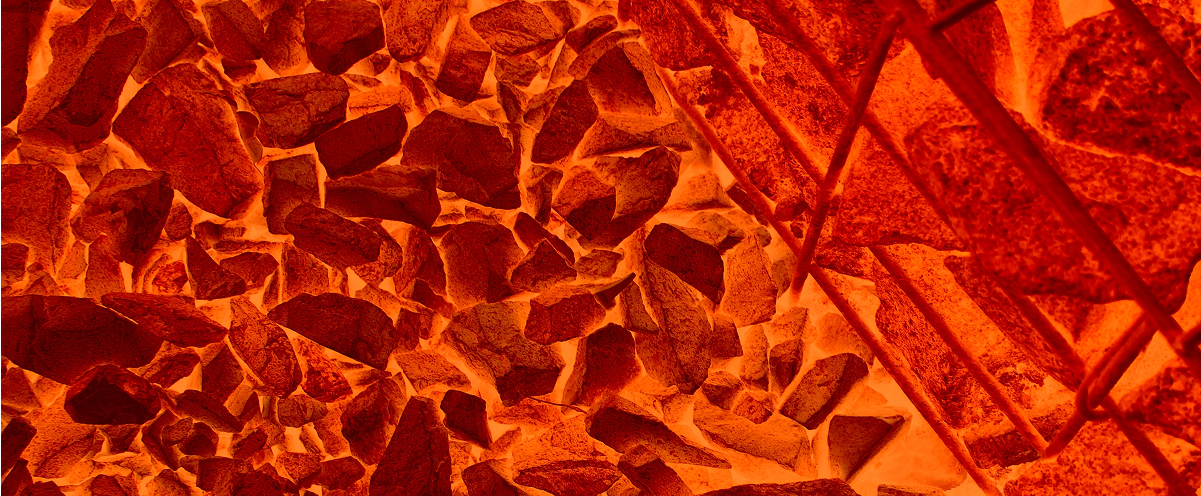
Iron and steel

America’s steel resurgence
The U.S. is currently embarking upon a major resurgence of domestic production of iron and steel. The integrated steelmaking process, which employs the blast furnace-basic oxygen furnace steelmaking route, accounts for approximately 30% of steel production in the U.S. The remaining 70% of U.S. steel production is achieved through the electric arc furnace steelmaking process. Typical process temperatures range from 400°C to 1,700°C, depending on the specific process step.
U.S. steel production methods
70%
Electric arc furnace
30%
Blast furnace
Typical process temperatures range from 400°C to 1,700°C, depending on the specific process step.

Current heating technologies
Today in iron and steel process heating is used for calcining, sintering and agglomeration; heating of steelmaking vessels, metals and non-metals, process gas preheating, reactive thermal processing, heat treating and annealing of products, preheating of vessels and smelting of ores. Technologies such as induction heating offer greater energy efficiency and potentially superior products if thermal profiles and gas environments can be controlled.

EPIXC’s impact on steel manufacturing
The goal of EPIXC is to expand industrial process heating choices and promote optimization with electrified and hybrid heating approaches. Through existing and emerging advanced electrified and hybrid process heating technologies, EPIXC is well positioned to advance the competitiveness of U.S. iron and steel production, reduce manufacturing costs, improve product quality, enable broader heat process technology choices, and provide transparent, impartial systems-level analysis to inform technology readiness and adoption decisions.
Join our mission
If you are interested in joining our mission, become a member today!